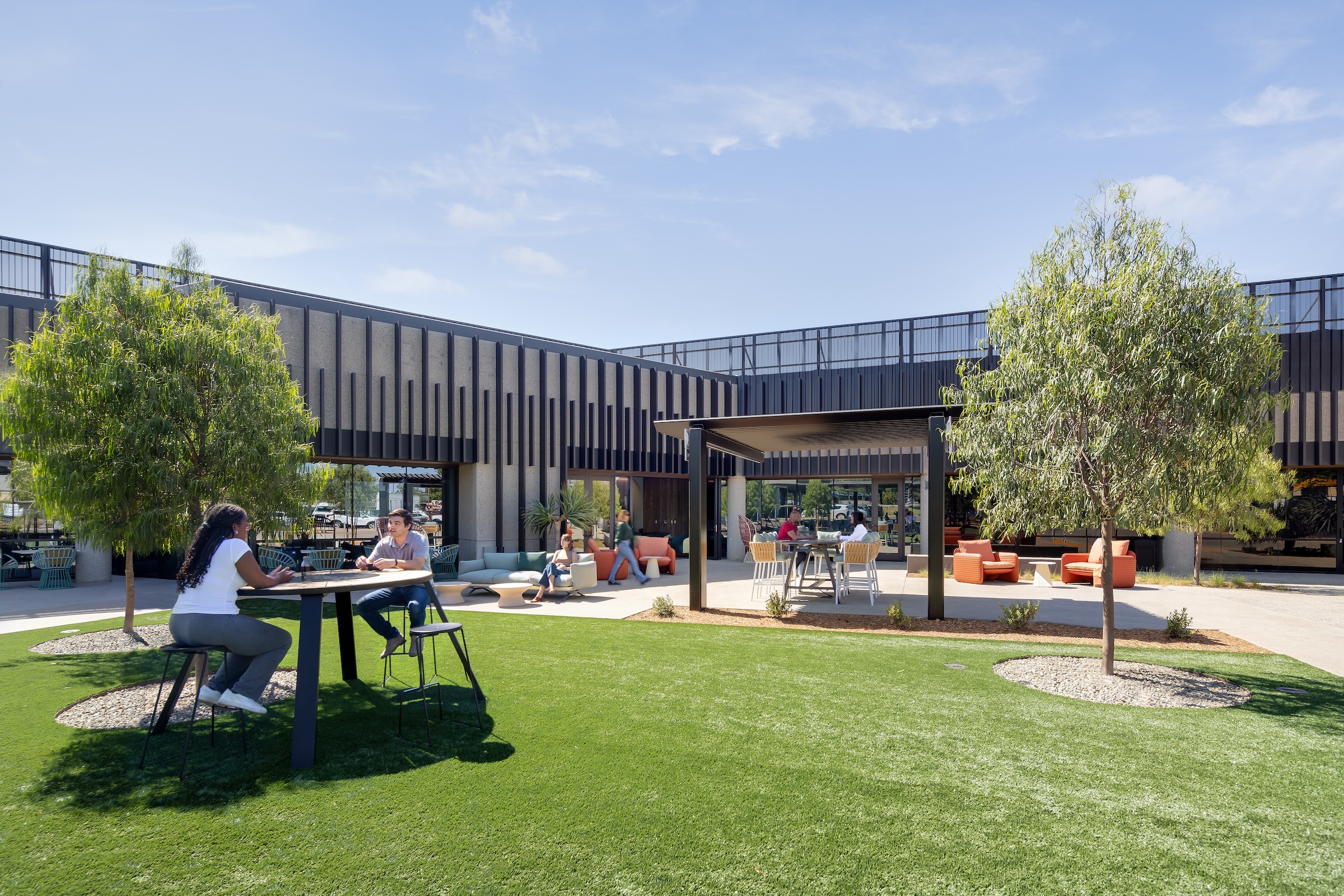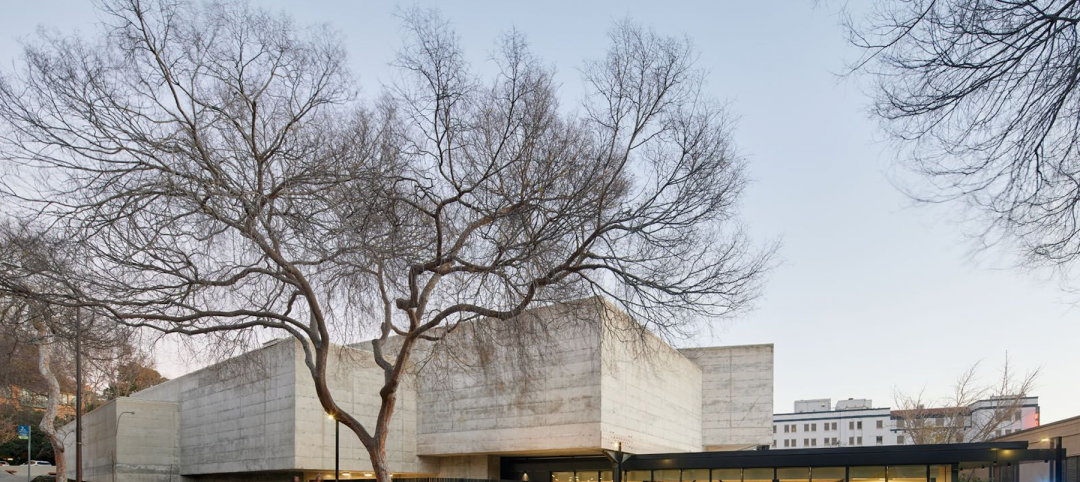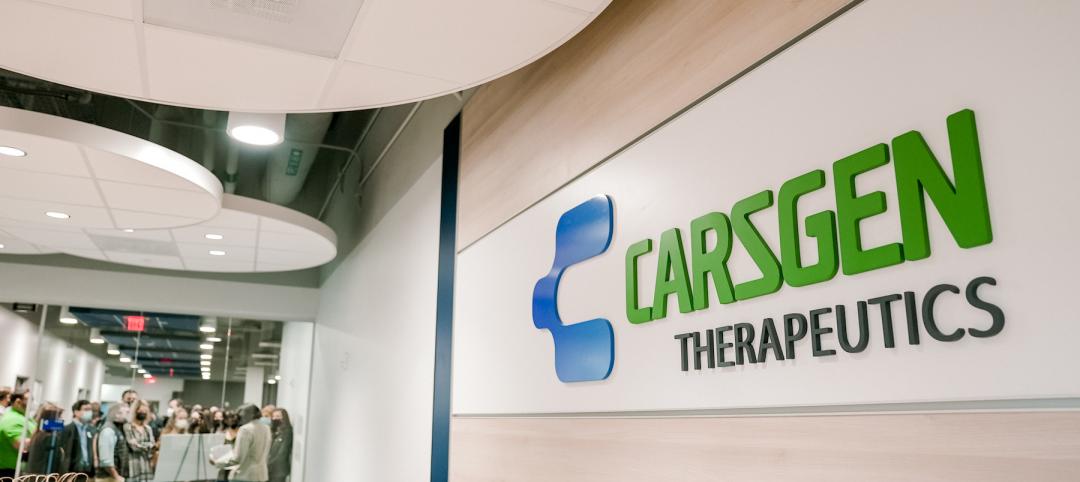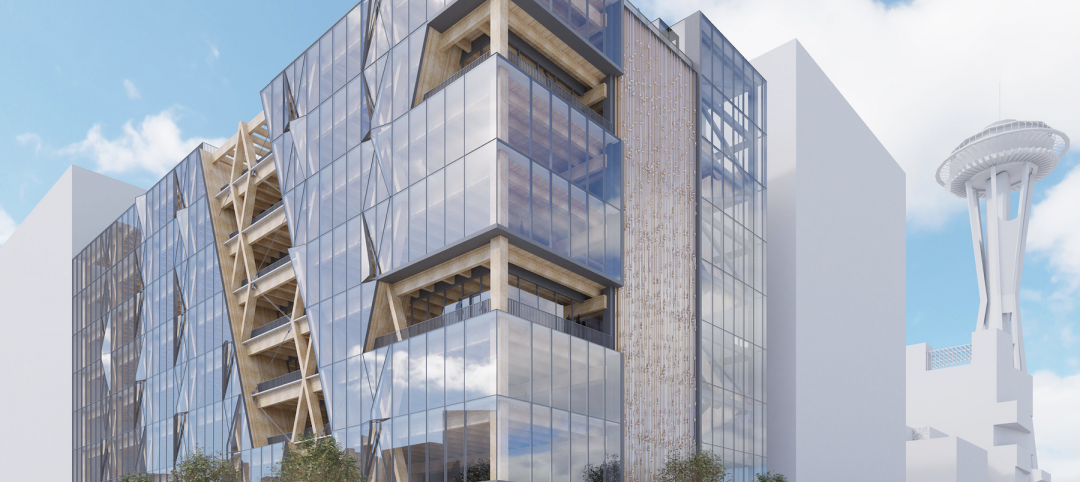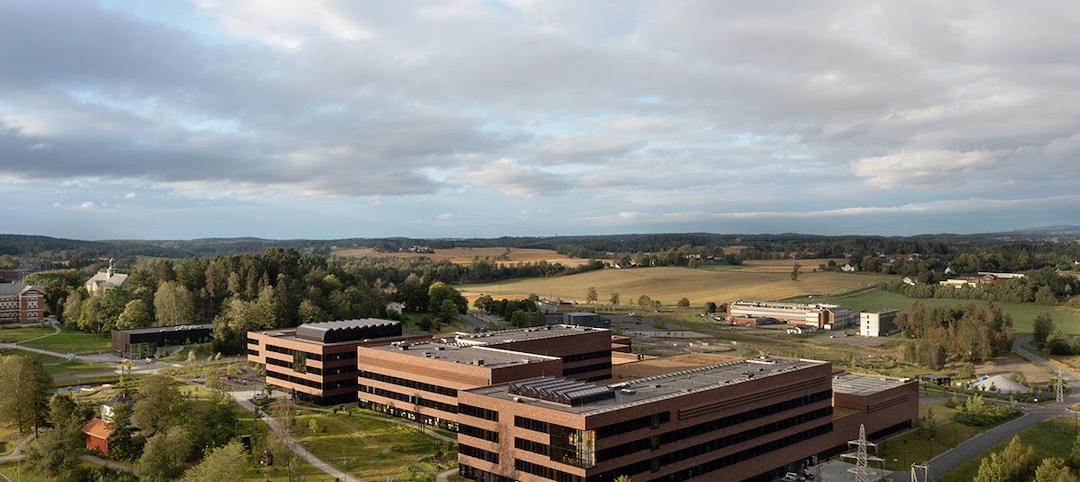The life sciences sector is transforming the real estate market, driven by breakthroughs in biotechnology, pharmaceuticals and medical research. CBRE projects that 21.3 million sf of life sciences real estate will be completed this year, a 65% increase from 13.9 million sf in 2023. This rapid growth has intensified competition for attracting tenants, particularly those seeking to secure top R&D talent. According to CBRE’s U.S. Life Sciences Talent Trends 2024 report, talent acquisition challenges are expected to persist in the industry.
To distinguish their properties, developers are partnering with architectural and design firms to reimagine life sciences facilities as vibrant, welcoming destinations. By emphasizing four key elements—wellness, collaboration, biophilic design, and community integration—they are setting their properties apart. By integrating state-of-the-art facilities with unexpected public amenities, such as breweries and outdoor “living rooms,” these developments foster a more holistic environment. This evolution not only redefines how life sciences companies engage with their communities but also demonstrates how thoughtful lab design can drive innovation, paving the way for a new era in campus development.
A Study in Wellness in Life Science Facilities
Onsite gyms were just the beginning. Life sciences campuses are embracing wellness in more holistic ways to enhance productivity and job satisfaction for the talented individuals typically confined to lab benches. Longfellow Real Estate Partners, developer of the 17-acre Centerpark Labs in San Diego, worked with interdisciplinary design firms HGA and FPBA to create versatile spaces, including indoor-outdoor seating areas, lunch spaces, and a hybrid fitness area with turf and ample space for various athletic activities.
Additionally, Cell Signaling Technology (CST), a leading provider of antibodies, kits and services, will provide employees and visitors with opportunities to connect to nature in the adjacent state park, The Monoliths, supported by a network of walking trails, overlooks, and bicycle facilities on its new research and innovation campus in Manchester-by-the-Sea, Massachusetts.
In the competitive life sciences field, talent is increasingly attracted to workplaces that prioritize well-being and work-life balance which help mitigate burnout. Thoughtfully-designed spaces that enable employees to recharge mentally and physically enhance focus, creativity and collaboration—key drivers of breakthroughs in R&D.
Architects of Insight
Lab spaces were once characterized by isolated environments, designed for scientific functionality above all else. Today, flexibility and collaboration take center stage, with architects designing spaces that remove physical barriers to foster cross-disciplinary communication and the exchange of ideas. Design teams for projects at Centerpark Labs and Cell Signaling Technology have embraced this approach by connecting office and lab spaces with glass walls, fostering transparency and interaction while maintaining workflow. Additionally, open, flexible layouts, enable teams to easily reconfigure spaces as their research evolves, enhancing adaptability in this dynamic field.
Research in Full Bloom
Biophilic design, a popular trend in the office sector, is still a relatively new concept for research facilities. Cell Signaling Technology’s new campus, located on the site of an abandoned granite quarry, will utilize the natural cliff walls and varying elevations to create visual interest, active courtyards and al fresco lounge areas. Centerpark Labs is also incorporating outdoor terraces into its buildings, enabling employees to enjoy San Diego’s warm climate—a feature more commonly seen in Big Tech campuses and modern suburban office design than in scientific facilities. Durham ID, a 1.7 million-sf mixed-use campus developed by Longfellow, directly connects lab and office employees to Morris Green Park, which the firm developed within downtown Durham, N.C.
Life sciences companies are increasingly demonstrating their growing commitment to environmental stewardship. For example, Cell Signaling Technology’s new R&D campus is designed to eliminate the use of fossil fuels and achieve net-zero emissions—a dramatic transformation from its previous life as an environmentally depleted quarry site. By using sustainable materials, energy-efficient practices and preserving local flora, life sciences campuses not only contribute to a healthier planet while creating inviting spaces that attract eco-conscious talent. This approach reinforces company values and fosters a stronger connection between employees and their environment.
Life science campuses as destinations for the community
By integrating public-facing amenities such as restaurants, retail spaces and residential elements, life sciences facilities are becoming community-centric destinations that offer significant value for tenants and the local economy. Durham ID and Centerpark Labs have introduced features like onsite taquerias, coffee shops, yoga studios, and even a brewery to encourage public interaction and increase foot traffic. Durham ID’s mixed-use design, which integrates residential units, offices, retail and lab spaces, further stimulates local engagement, creating a strong sense of community for those who live, work and play in the area.
Wellbeing Transcends Industries
The transformation of life sciences campuses from isolated laboratories to vibrant hubs of activity reflects the growing importance of wellness and collaboration in today’s workplaces, regardless of the field. By creating innovative, flexible spaces that prioritize collaboration and well-being, architecture firms are meeting current needs while anticipating future industry demands. Their ability to create environments that foster innovation, sustainability, and community engagement will be essential in attracting and retaining top talent.
In this rapidly evolving landscape, the partnership between life sciences companies and architecture firms will be essential in creating vibrant hubs for research and discovery that drive innovation and progress. These next-generation campuses offer much more than functional lab spaces; they create dynamic environments where science, community and creativity converge.
Related Stories
Laboratories | May 20, 2022
Brutalist former Berkeley Art Museum transformed into modern life science lab
After extensive renovation and an addition, the former Berkeley Art Museum and Pacific Film Archive at the University of California, Berkeley campus reopened in May 2022 as a modern life science lab building.
Laboratories | Apr 29, 2022
Oracle Industry Lab in Chicago enables development of solutions for multiple industries
The Oracle Industry Lab in Chicago, which provides customers in multiple industries the opportunity to test new technologies, recently opened.
Laboratories | Apr 7, 2022
North Carolina's latest play for biotech real estate development
The Tar Heel State is among a growing number of markets rolling out the welcome mat for lab spaces.
Projects | Mar 11, 2022
Studying science in the sky
In sharp contrast to other types of commercial real estate, the life sciences market is booming, according to SGA, an architecture firm based in Boston and New York that has extensive experience designing life sciences buildings.
Laboratories | Feb 10, 2022
Historic building becomes a research science incubator
Svigals + Partners designed the project.
Laboratories | Feb 8, 2022
A new concept for science buildings emphasizes construction speed and design flexibility
The NEXT prototype—devised by Gensler, KPFF, and Buro Happold—also leans toward decarbonization and wellness.
Laboratories | Feb 3, 2022
New veterinarian building is Norway’s largest ever development in the university sector
The project is one of the largest and most complex ever undertaken in Norway.
Laboratories | Jan 28, 2022
3 must-know strategies for developers in today’s life sciences industry
While the life sciences industry had been steadily growing, this growth exploded when the pandemic arrived—and there is no indication that this lightning-fast pace will slow down any time soon.
Laboratories | Jan 17, 2022
A health crisis gives life to life sciences
Construction and renovation projects are heaviest in markets with consistent talent streams.
University Buildings | Jan 11, 2022
Designing for health sciences education: supporting student well-being
While student and faculty health and well-being should be a top priority in all spaces within educational facilities, this article will highlight some key considerations.


